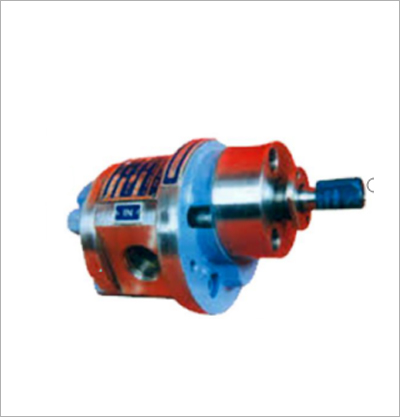Manufacturer of Filling Pump

UNIQUE PUMP SYSTEMS, established in 1988, has a reputation in the Industrial market as the Manufacturer of Lobe Pump, Rotary Gear Pump, Mechanical Seal confirming to the highest quality standards in various types and capacities.
We are engaged in manufacturing other types of Pumps like Stainless Steel Centrifugal Pump, Filling Machine Pump, Filling Pump and sell branded pumps like Tushaco Make Pump, Rotodel Make Pump
Filling Pump
A "Pump" is a mechanical device used to move fluids (liquids or gases) from one place to another. A "filling pump" could potentially refer to a pump used for filling containers or tanks with a particular substance, such as a fuel pump at a gas station or a pump used to fill water tanks. Filling pumps, also known as fill pumps or transfer pumps, are devices used to transfer liquids from one container to another.
Use of Filling Pump:
A filling pump is typically used to transfer liquids, such as fuel, water, or chemicals, from one container to another. The exact steps and procedures for using a filling pump can vary depending on the type of pump and the specific application.
Guideline for using a Filling Pump:
- Safety Precautions: Before using the pump, ensure you are wearing appropriate personal protective equipment (PPE) such as gloves and safety goggles. Make sure the pump and all related equipment are in good working condition and have been properly maintained.
- Select the Correct Pump: Choose a filling pump that is suitable for the type of liquid you need to transfer. Different pumps are designed for different fluids and viscosities.
- Setup: Place the source container (from which you are transferring the liquid) on a stable surface. Position the receiving container (where you want to fill the liquid) in a location that allows for easy and safe filling.
- Connect Hoses and Nozzles: Attach the appropriate hoses and nozzles to the pump's inlet and outlet ports. Ensure a secure connection to prevent leaks.
- Prime the Pump (if necessary): Some pumps may require priming to remove air from the system. Follow the manufacturer's instructions for priming, if needed.
- Power On (if applicable): If the filling pump is powered (e.g., electric, or gas-powered), turn it on following the manufacturer's instructions.
- Start Pumping: Begin the transfer process by activating the pump. This may involve using a switch, handle, or other controls depending on the pump type.
- Monitor the Transfer: Keep an eye on the liquid flow and ensure it is going into the receiving container without any spills or leaks.
- Adjust Flow Rate (if possible): Some pumps allow you to control the flow rate. Adjust it as needed to prevent overfilling or splashing.
- Complete the Transfer: Once the desired amount of liquid has been transferred, turn off the pump and disconnect the hoses and nozzles carefully.
- Clean Up: Safely dispose of any leftover liquid and properly clean the pump and related equipment.
- Store the Pump: Store the filling pump in a dry and secure location, following any manufacturer recommendations for maintenance and storage.
They are commonly used in various industries and applications, including:
- Fueling Stations: Filling pumps at gas stations are used to transfer gasoline, diesel fuel, or other fuels from storage tanks to vehicles.
- Chemical Industry: In chemical manufacturing, filling pumps are used to transfer various chemicals from one container to another for processing or packaging.
- Food and Beverage Industry: These pumps are employed to transfer liquids like beverages, sauces, and oils from bulk containers to packaging units such as bottles, cans, or drums.
- Pharmaceuticals: In pharmaceutical manufacturing, filling pumps help transfer liquids or viscous substances into vials, syringes, or other containers.
- Water and Wastewater Treatment:Filling pumps are used to move water or chemicals in water treatment processes.
- Oil and Gas Industry: In the oil and gas sector, filling pumps are used to transfer crude oil, natural gas, or various chemicals for drilling, refining, and transportation purposes.
- Agriculture: Filling pumps are used in agriculture to transfer fertilizers, pesticides, and other agricultural chemicals.
These pumps come in various types and configurations, including centrifugal pumps, positive displacement pumps, diaphragm pumps, and more. The choice of pump depends on the specific requirements of the application, including the type of liquid being transferred, flow rate, pressure, and viscosity.
Proper maintenance and safety precautions are essential when working with filling pumps, as they are often used to handle hazardous materials. It's important to follow manufacturer guidelines and industry safety standards to prevent accidents and ensure the safe and efficient transfer of liquids.
